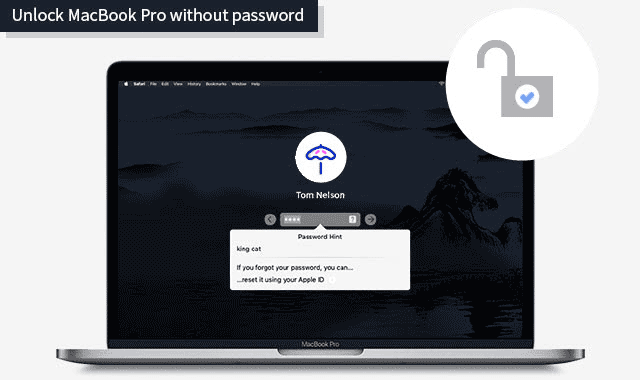
- Mac change password from terminal how to#
- Mac change password from terminal password#
- Mac change password from terminal mac#
Mac change password from terminal mac#
Questions? Comments? Have a fix? Post them below orīe sure to check us out on Twitter and the CNET Mac forums. When this command is executed, the volume will now have the new passphrase. You can use the mouse to highlight it and then press Command-C to copy it, and then use it in place of "UUID" in the following command (all on one line):ĭiskutil cs passwd UUID -oldpassphrase OLDPASS -newpassphrase NEWPASS Locate the UUID next to the "Logical Volume" (not the Logical Volume Group) for the encrypted drive. Each of these items will have a corresponding UUID associated with it. The output of this command will look like a hierarchical tree that shows the physical drives involved, the logical volume family created from these drives, and then the logical volumes themselves that are on these drives. To do this, first open the Terminal and get a listing of the encrypted disk devices by running the following command:
Mac change password from terminal password#
Click the image for a larger view.Īs with most disk management operations, changing the encrypted disk's password can also be done using Terminal commands, for if you only have access to a system via SSH or Single User mode. Using the Terminal, be sure the UUID is the one for the Logical Volume (underlined in blue). Then go to the File menu and choose "Change Password," and you should be presented with a standard new password prompt that requests that you enter the old password and then the new password twice, and provide an optional password hint. Open the Disk Utility program in the Applications > Utilities folder, and then select your encrypted volume in the sidebar. You can change a password by first decrypting the volume and then encrypting it again, but this will take a while for drives with large numbers of files on them.Ĭhanging a password for an encrypted volume can be done without having to wait for it to decrypt and then encrypt again. These features are convenient, but if you wish to change the password for an encrypted drive, you will find that this feature is not available along with the options for encrypting. Selecting "Change Password" from the File menu will show the standard new password prompt. Furthermore, you can encrypt or decrypt any secondary volume by right-clicking it and choosing the option to do so, or by using the Terminal. While you can store files in an encrypted disk image, you can also use FileVault to encrypt your boot drive. And the third is having the option for modifications of the output.With data security being an all-too-common concern, the options for encrypting data in OS X are welcome additions that are quite easy to implement. The second is the argument that provides the information about the resource on which the command operates. It has a Unix command-line system, which some users prefer.u003cbru003eu003cbru003eEvery command you use in Terminal contains three elements. The terminal is an app found in the Utilities folder inside all Mac devices. We’ve included some more information for you in this section. You can follow the prompts to make a new admin account.
Mac change password from terminal how to#
How to Create an Admin Account in a Single User Mode

So, here is how to change the name of the home folder: You can easily change your username on macOS, but you need to change the name of the home folder as well for it to work. Keep in mind that you must have the administrative password to make this change in the first place.

You will get an administrative function upon executing that command. Using the Mac Terminal app, one can easily change the Keychain password with a system command. If you don’t have the admin rights to the Mac account, you won’t see the option to change the Keychain password on the device.



 0 kommentar(er)
0 kommentar(er)
